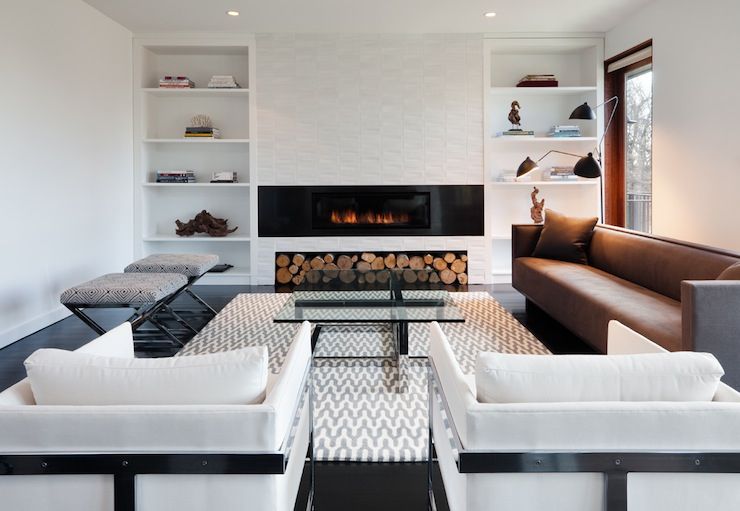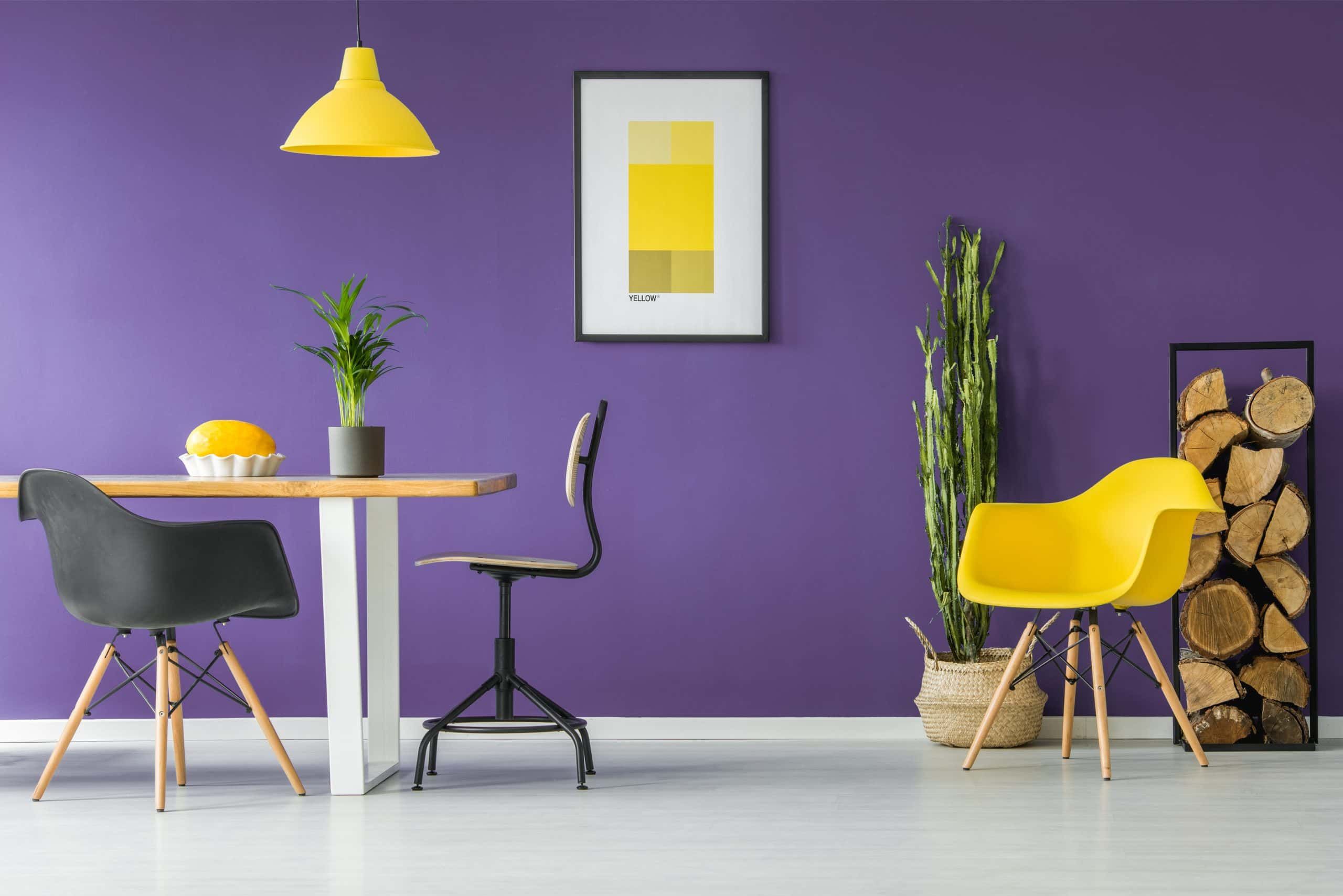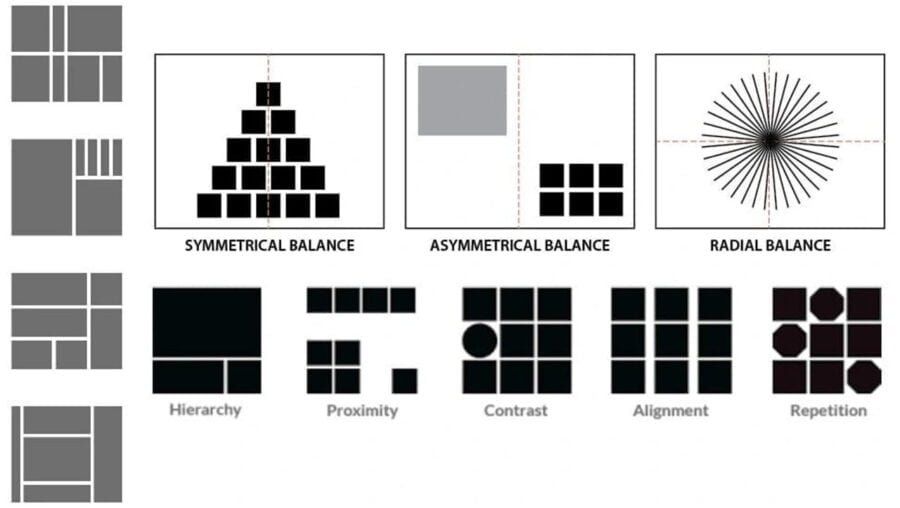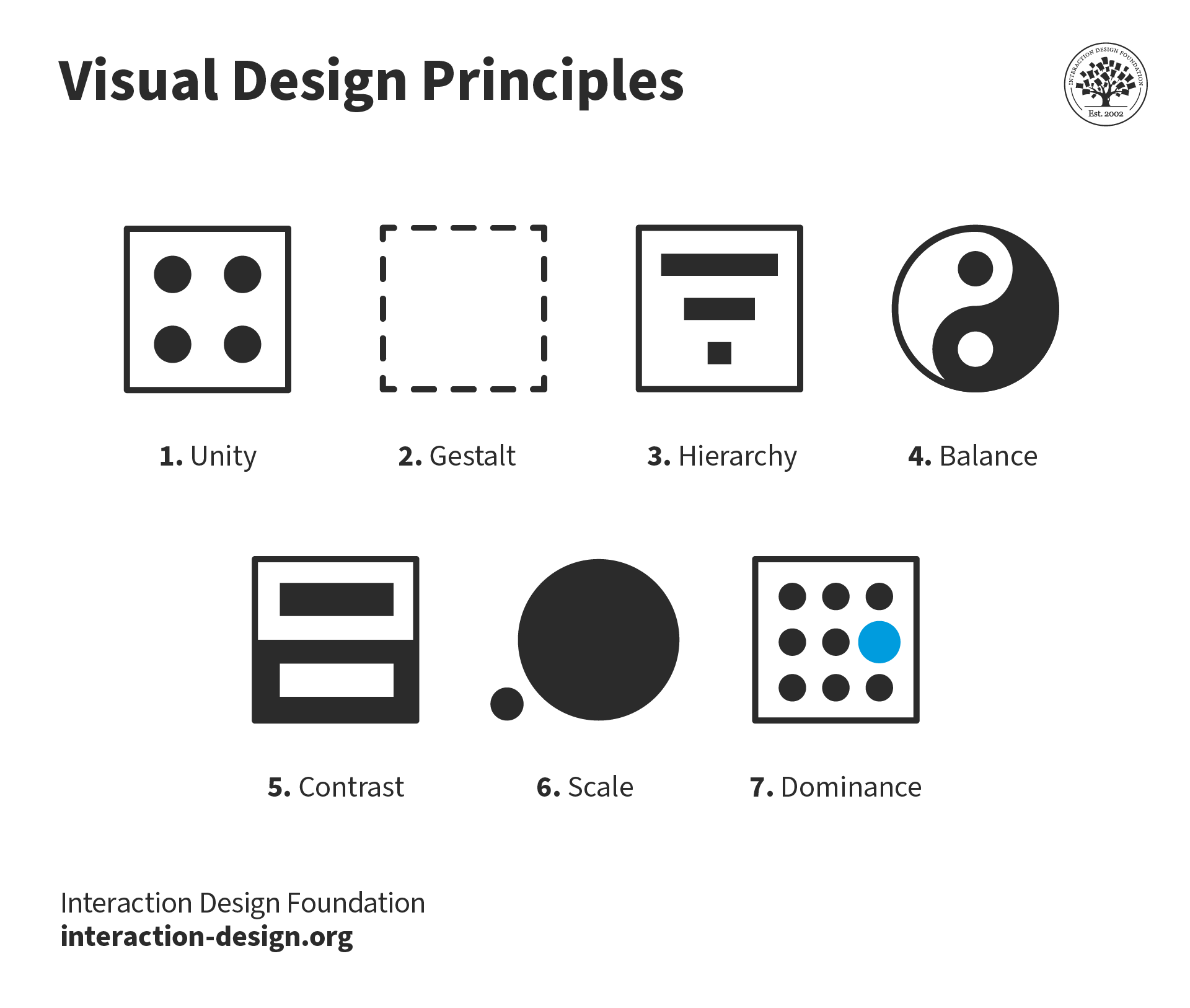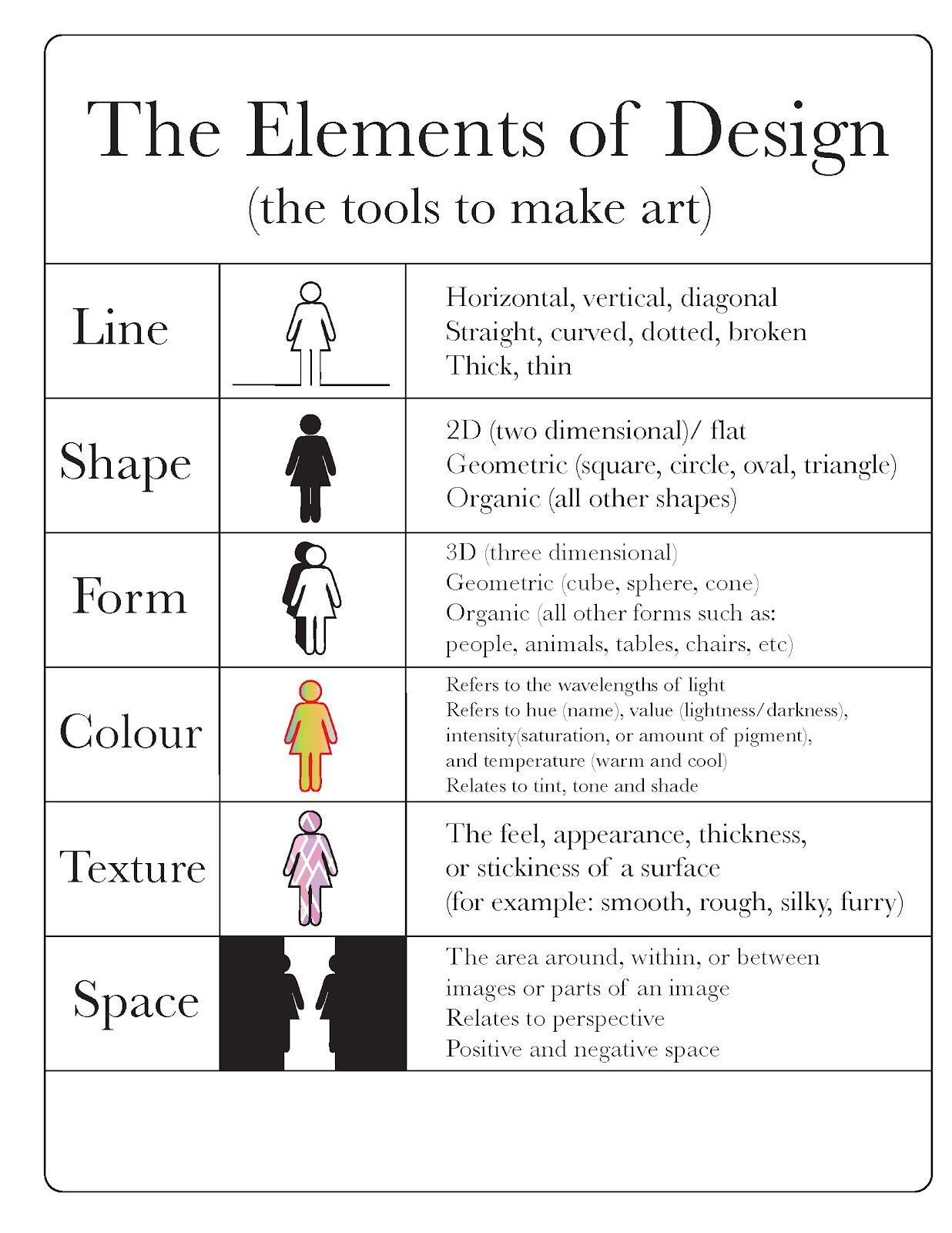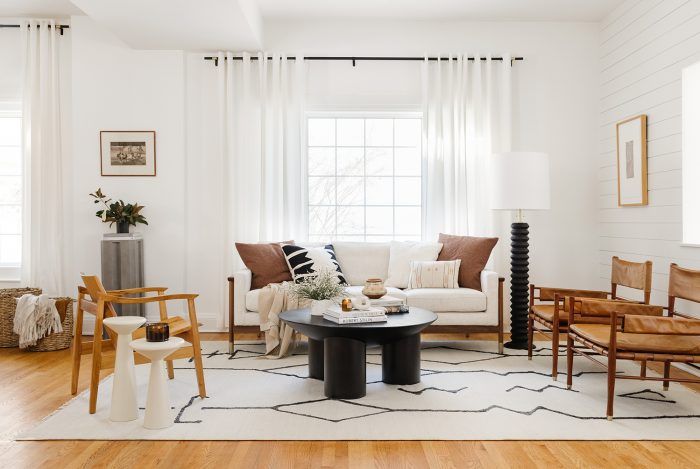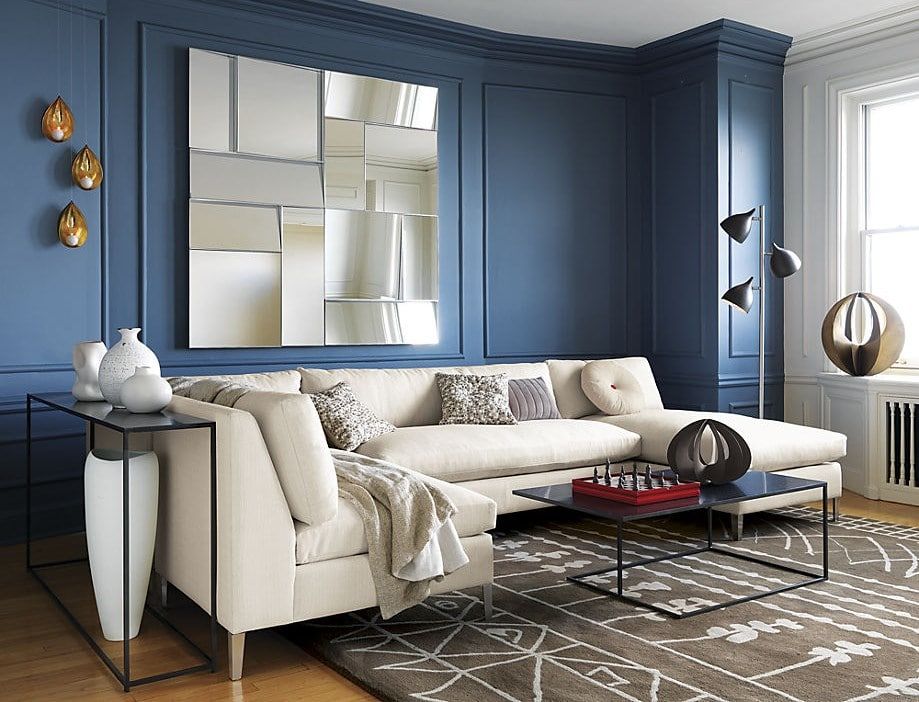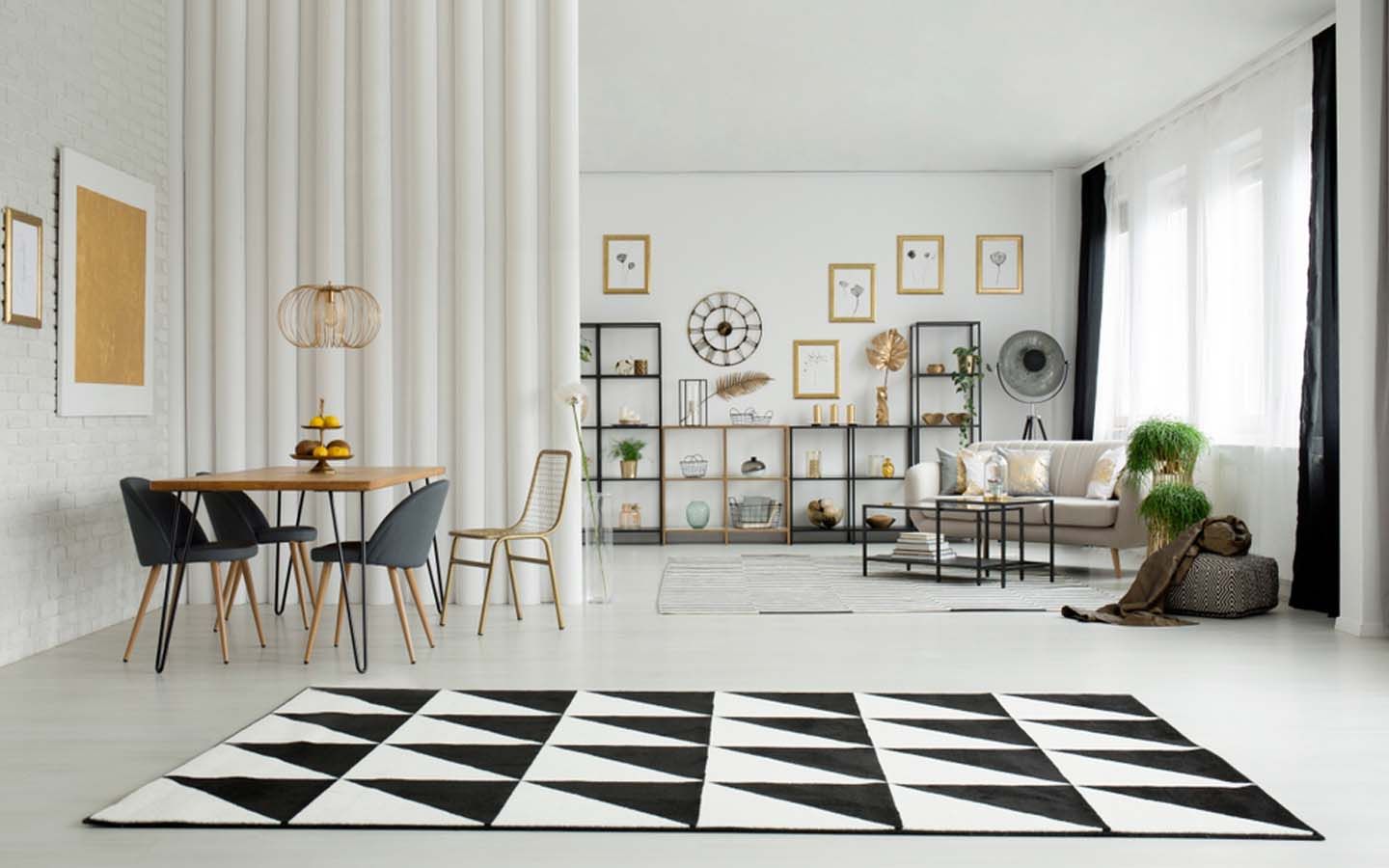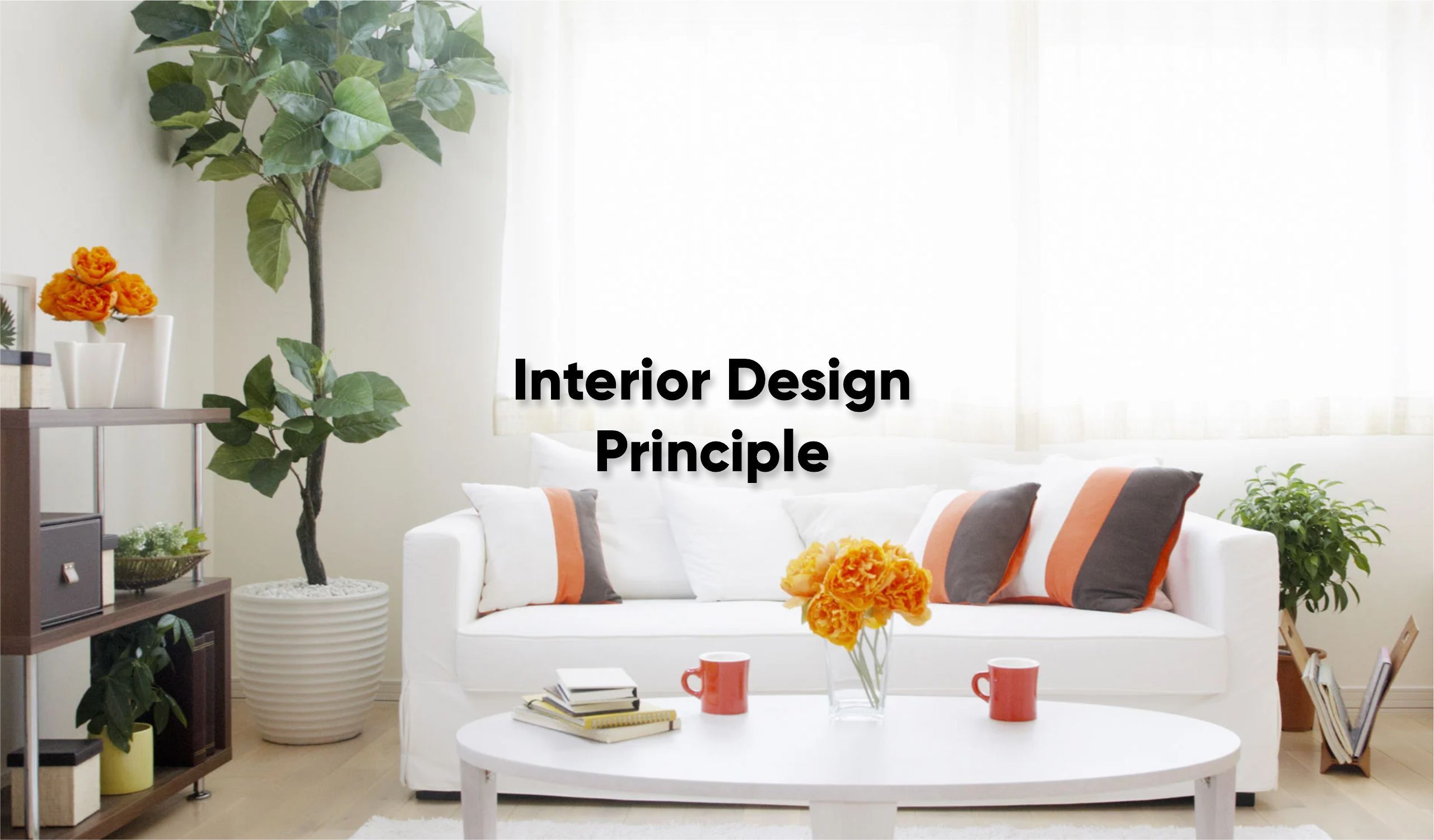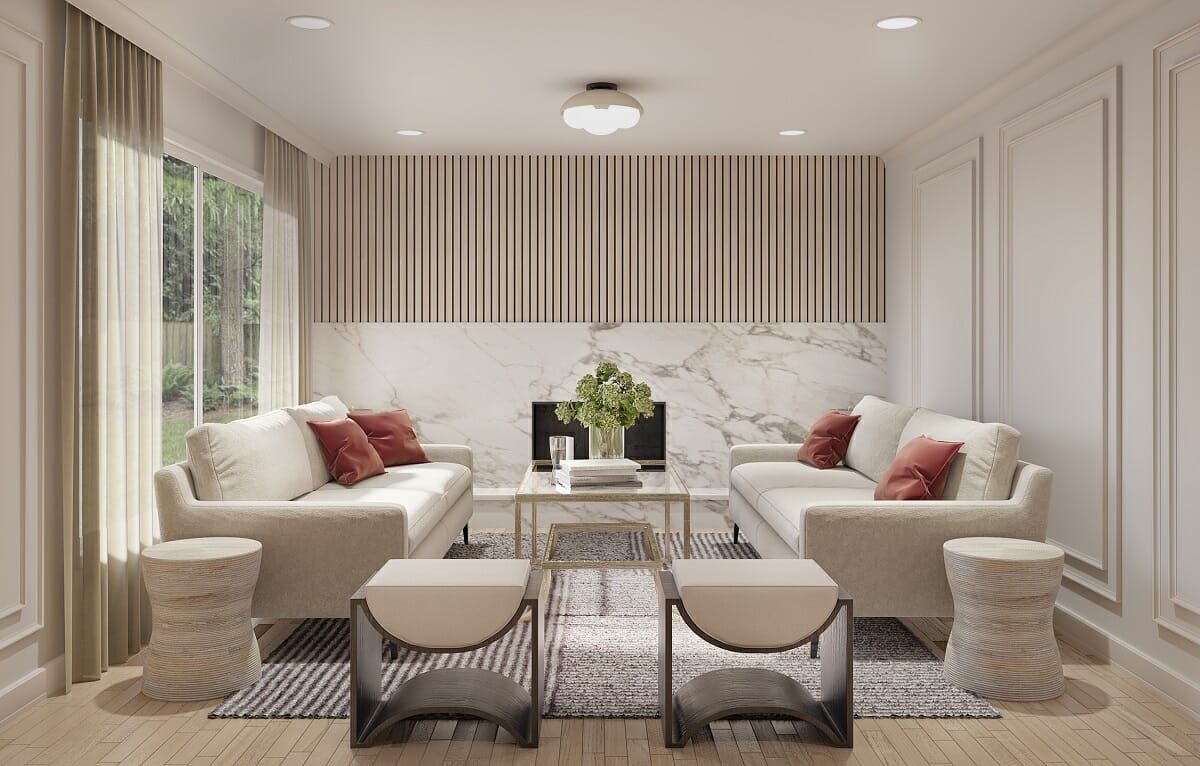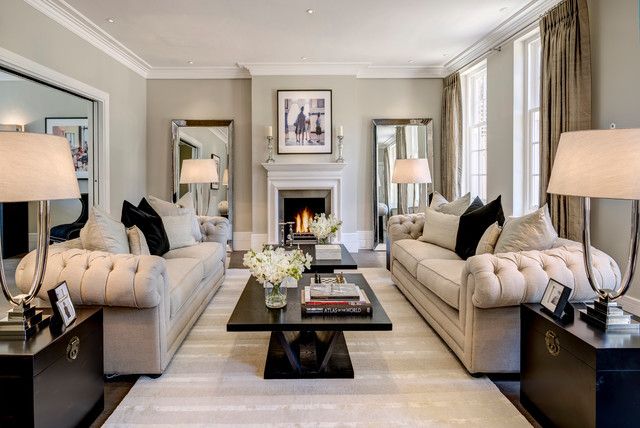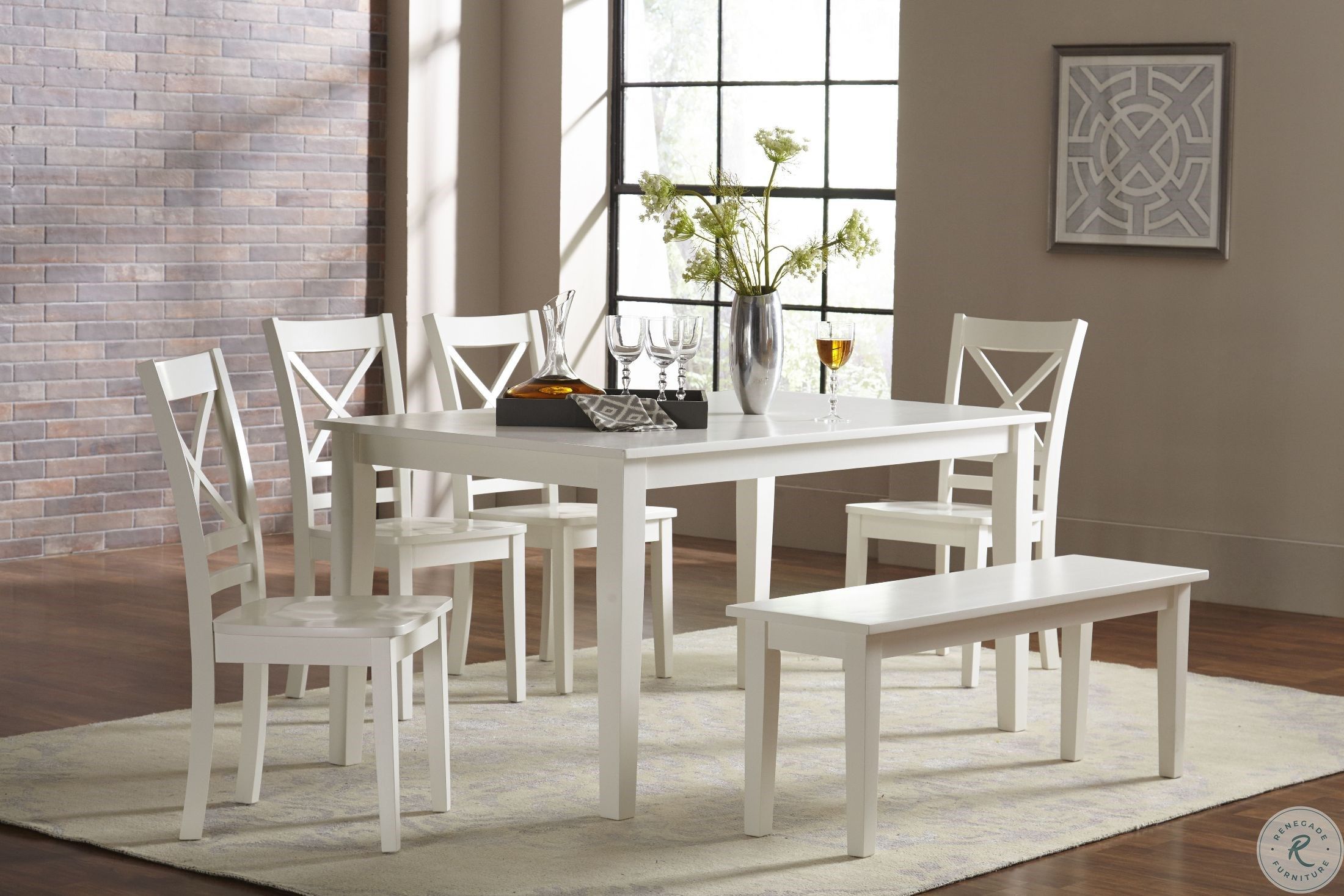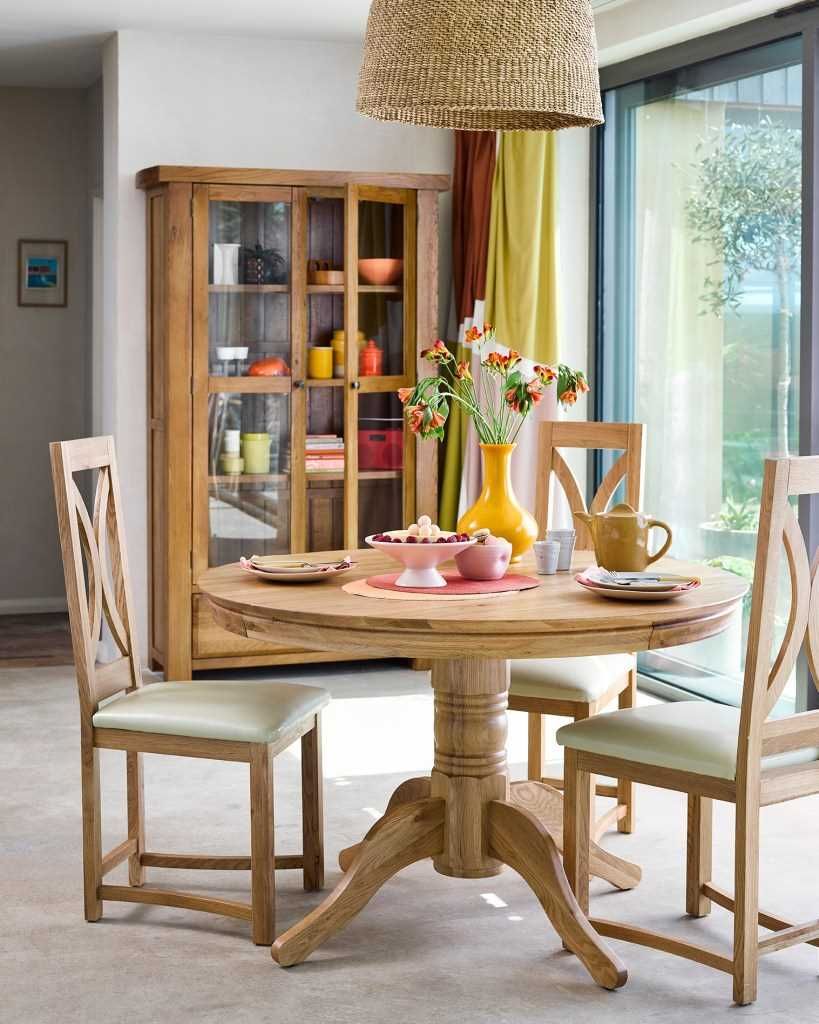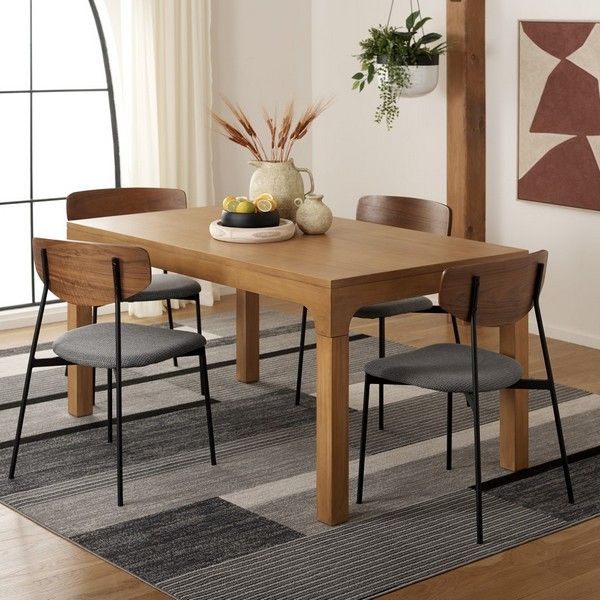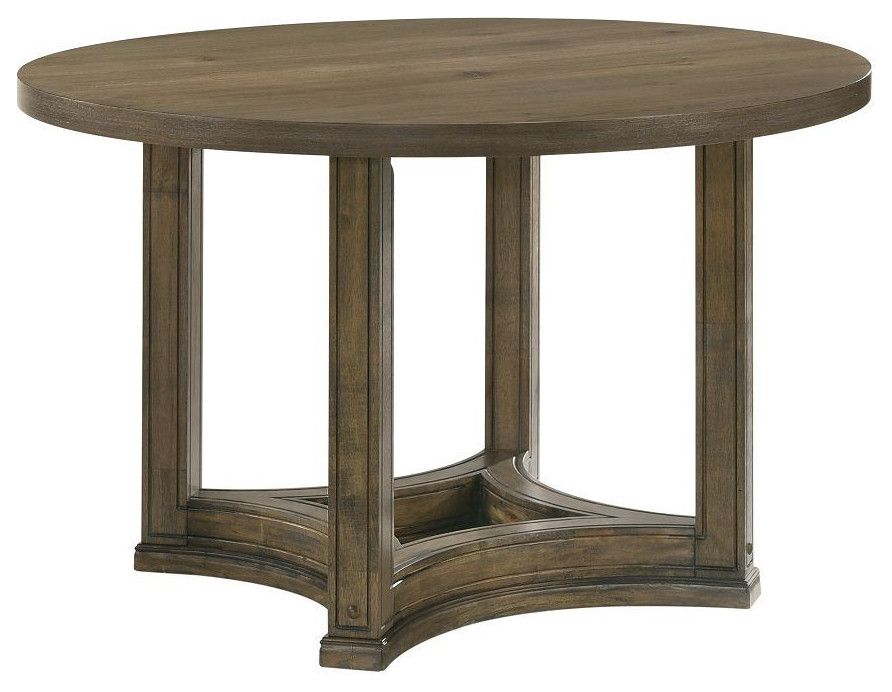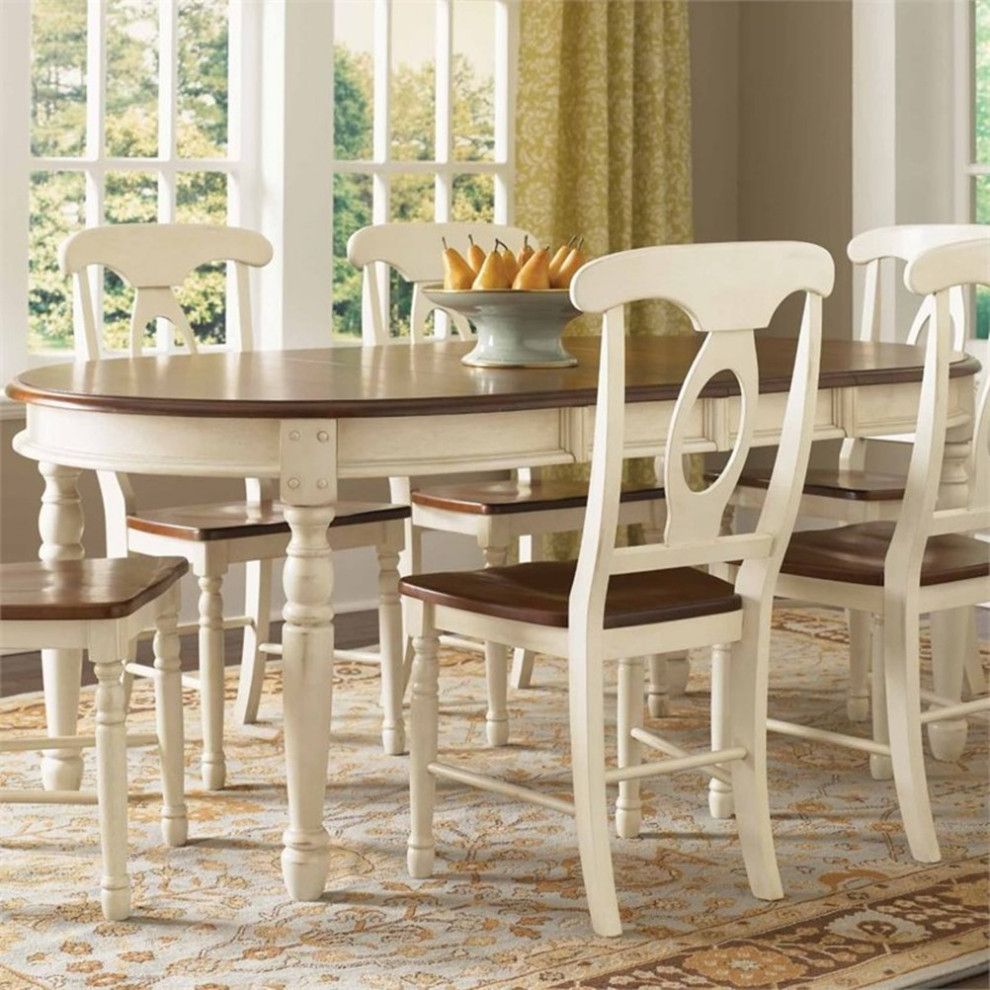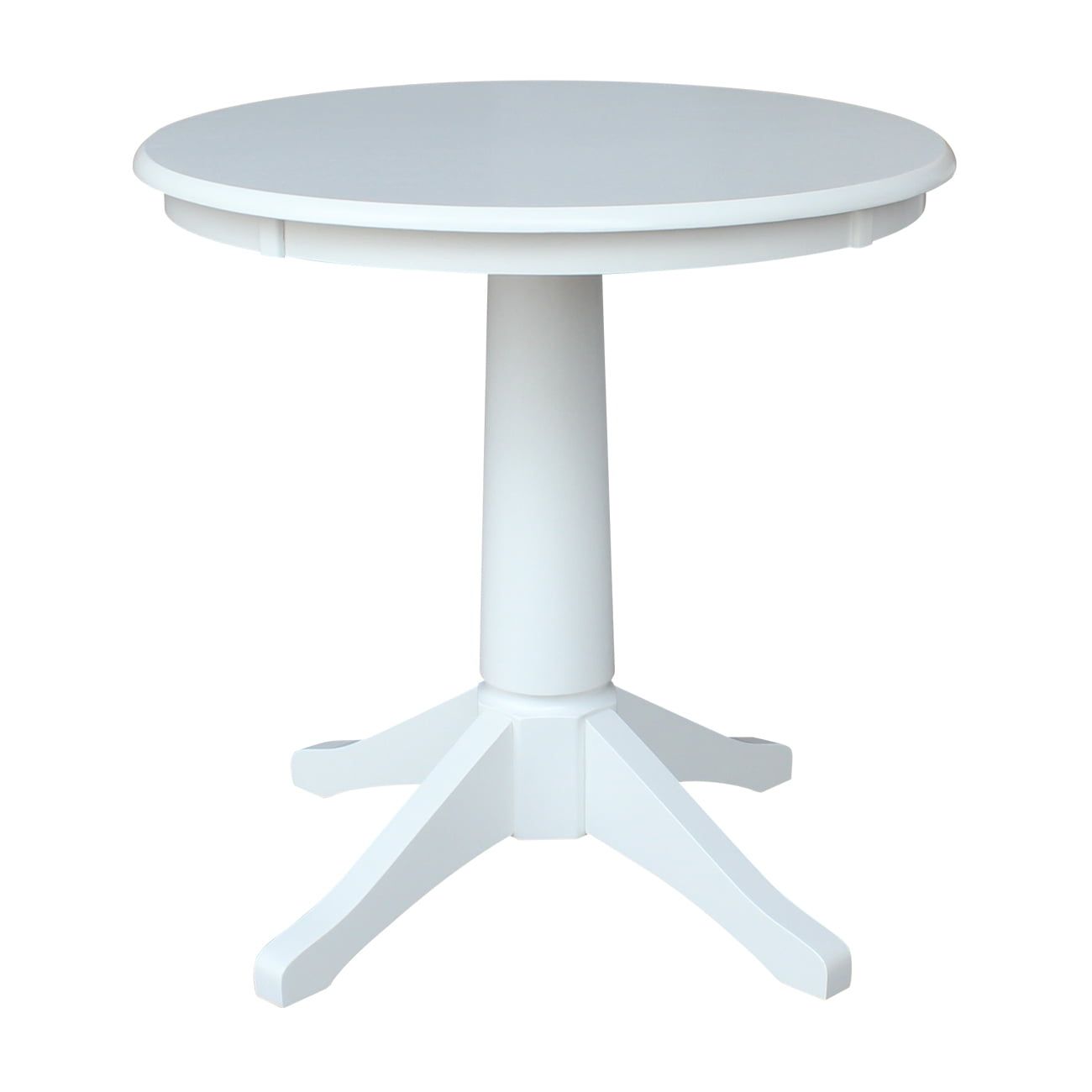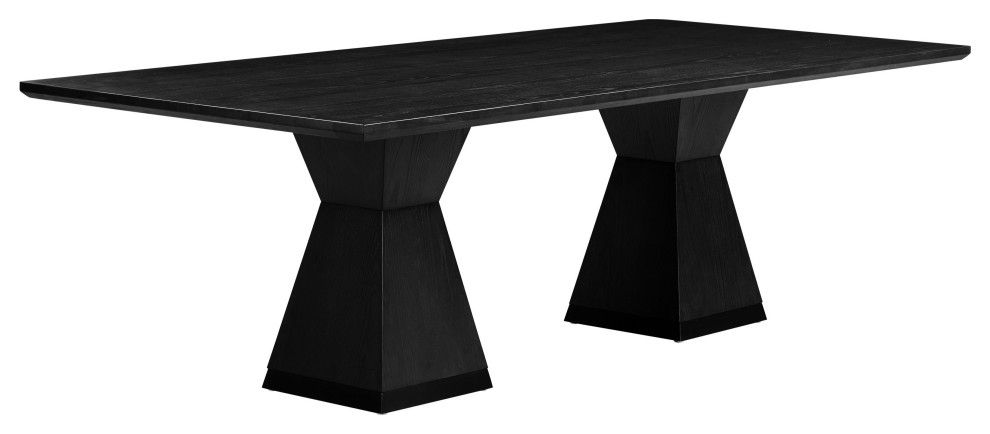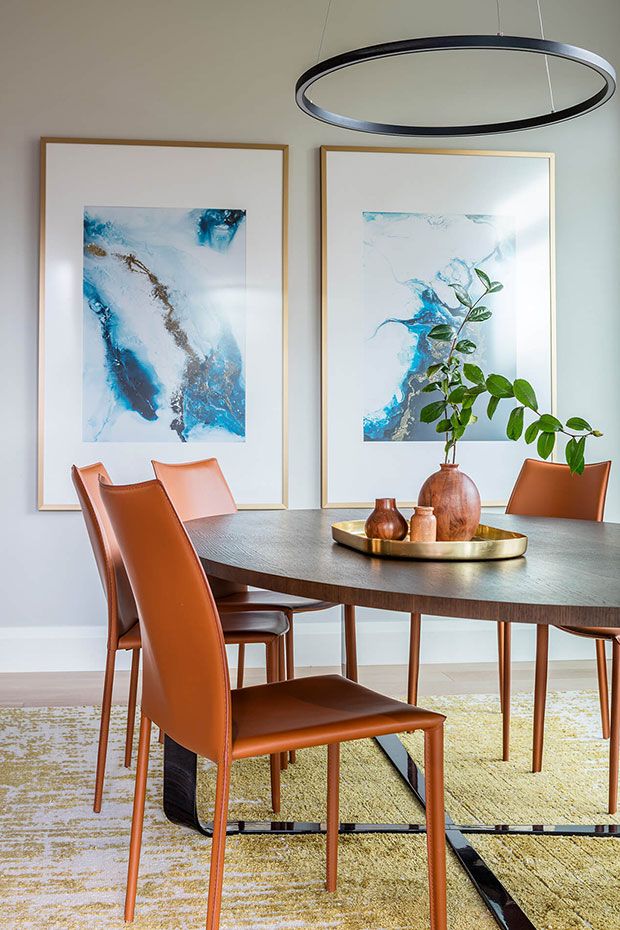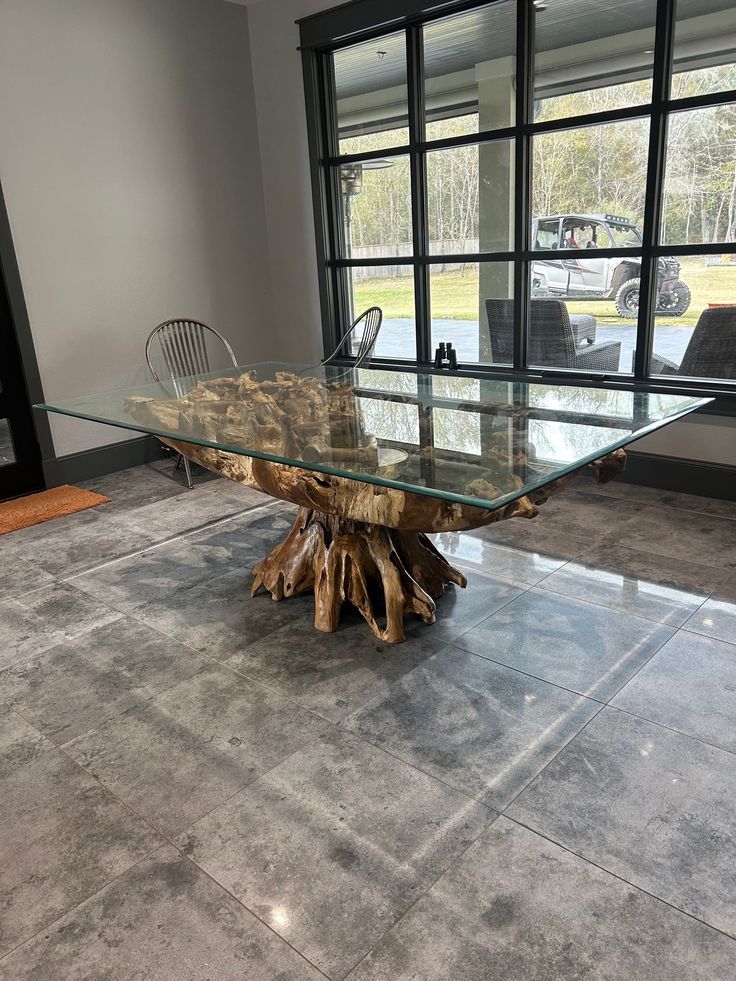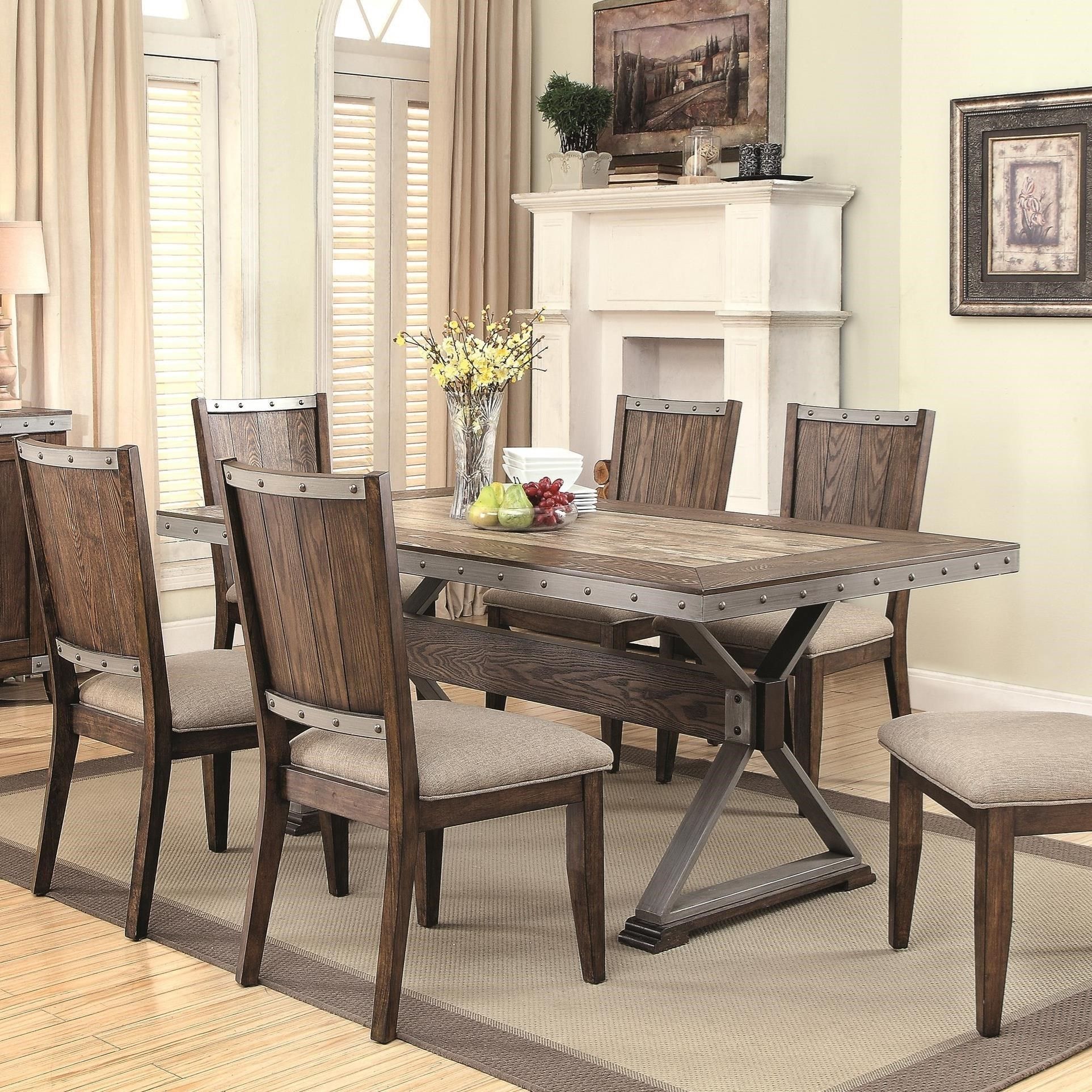Japandi. Have you heard of it? It’s the hottest thing in interior design right now, and for good reason. It’s a beautiful marriage of Japanese minimalism and Scandinavian hygge, resulting in spaces that are both calming and stylish. For years, I’ve been guiding my followers towards creating timeless homes, and Japandi, with its focus on simplicity, functionality, and natural materials, truly embodies this philosophy. It’s not just a trend; it’s a way of living – a way of designing that emphasizes peace, balance, and a deep connection with the earth. Let’s delve into the heart of Japandi and discover how you can bring this gorgeous aesthetic into your own home. And trust me, you won’t regret it.
Japandi is more than just a trend; it’s a carefully curated design philosophy. It’s a style that beautifully blends the warm, inviting simplicity of Scandinavian design with the clean lines and functional elegance of Japanese aesthetics. Think of it as a harmonious mix of ‘wabi-sabi’ (embracing imperfection) and ‘hygge’ (creating coziness). The result? Interiors that are both serene, functional, and incredibly stylish. It’s about creating spaces that promote relaxation, reduce clutter, and connect you with nature. It’s a lifestyle choice that values quality over quantity, and that’s something I can truly get behind. It’s also a great way to get a more functional home and also more aesthetically pleasing.
Core Principles: The Heart of Japandi
At its heart, Japandi design is guided by a few key principles:
- Simplicity and Minimalism: Clutter is the enemy. Japandi embraces clean lines, open spaces, and only essential furnishings. Think of it like this; less is more.
- Functionality: Every item should have a purpose. Each piece must serve a function. There’s no room for decorative items that don’t add value to your daily life.
- Natural Materials: Wood, bamboo, paper, and other natural materials are the stars. These materials bring warmth, texture, and a sense of connection with the outside world.
- Neutral Color Palette: Earthy tones, such as creams, beiges, grays, and soft greens, form the base. These colors create a calming and balanced atmosphere.
- Craftsmanship: Handmade and well-crafted items are highly valued. They add character and a sense of authenticity to your space.
- Harmony and Balance: The goal is to create a sense of equilibrium and peace. This is achieved through careful placement of furniture, the balance of light and shadow, and the use of natural elements.
These principles are the building blocks of any Japandi space. And if you follow these rules, you will be off to a great start.
Color Palette & Materials: Setting the Tone
The color palette in Japandi is all about tranquility. Think of soft, muted tones that evoke a sense of calm. Here’s a breakdown:
- Base Colors: Cream, off-white, and light gray form the foundation, offering a sense of spaciousness and serenity.
- Accent Colors: Introduce natural hues like beige, warm brown, and muted greens to connect with nature. Think of the colors of the earth.
- Materials: Natural materials are key to the Japandi aesthetic. Look for:
- Wood: Choose light-colored woods like oak and ash, or darker woods like walnut for contrast.
- Textiles: Linen, cotton, and wool in neutral colors add texture and warmth.
- Paper: Washi paper is often used for lamps, screens, and shoji doors, letting in soft, diffused light.
- Stone: Stone or concrete elements add a touch of raw beauty and a connection to the earth.
Furnishings: Simple, Functional, and Beautiful
The furnishings in a Japandi home are carefully selected for their functionality and aesthetics. Avoid overstuffed or overly ornate pieces. Here’s what to consider:
- Low-Profile Furniture: Embrace low sofas, platform beds, and floor cushions, which create a sense of groundedness and open up the space.
- Wooden Furniture: Look for pieces made from solid wood, with clean lines and simple designs. Think of a simple wooden dining table or a low coffee table.
- Storage Solutions: Opt for built-in storage, or use simple wooden boxes and baskets to keep things organized and out of sight.
- Minimalist Decor: Choose a few carefully selected decorative items, such as ceramic vases, handcrafted bowls, or a piece of artwork that resonates with you.
- Lighting: Use natural light whenever possible. Supplement with soft, ambient lighting from paper lanterns, wooden lamps, and strategically placed spotlights.
Bringing Japandi into Your Home: Practical Tips
Ready to transform your space? Here are some practical tips to incorporate Japandi into your home:
- Declutter Ruthlessly: Get rid of anything you don’t use, need, or love. This is the most important step.
- Start with a Neutral Base: Paint your walls in a light, neutral color. This will set the stage for the rest of your design.
- Introduce Natural Materials: Add wooden furniture, woven baskets, and linen textiles.
- Embrace Minimalist Decor: Choose a few carefully curated decorative items that add personality without cluttering the space.
- Focus on Functionality: Make sure every item has a purpose and that your space is designed to be both beautiful and functional.
- Incorporate Plants: Add plants to bring life and a sense of connection with nature. Bamboo, bonsai trees, and ferns are all great choices.
- Pay Attention to Lighting: Maximize natural light and use soft, ambient lighting from lamps and lanterns.
- Embrace Imperfection: Remember, wabi-sabi is part of the Japandi philosophy. Don’t strive for perfection; embrace the beauty of natural materials and handmade items.
Examples of Japandi in Action
Let’s look at some real-world examples to inspire you:
- A Living Room Transformation: Imagine a living room with a low, wooden sofa, a simple coffee table, and a woven rug. The walls are painted a soft gray, and the room is filled with natural light. A few carefully chosen ceramic vases and a single piece of artwork add a touch of personality.
- A Bedroom Sanctuary: Picture a bedroom with a low platform bed, linen bedding in a neutral color, and a wooden bedside table. A paper lantern hangs from the ceiling, providing soft, diffused light. A few strategically placed plants add a touch of greenery.
- A Kitchen Oasis: Envision a kitchen with light wood cabinets, a simple wooden dining table, and a minimalist aesthetic. Natural light floods the space, and a few well-placed plants add a touch of life.
These examples demonstrate the versatility of Japandi design. It can be adapted to any space, creating a serene, functional, and stylish home.
Common Mistakes to Avoid
While Japandi is relatively easy to achieve, there are a few common pitfalls to avoid:
- Over-Cluttering: Resist the urge to add too many decorative items. Keep the space uncluttered and organized.
- Using Artificial Materials: Stick to natural materials like wood, linen, and bamboo. Avoid synthetic materials that detract from the authentic aesthetic.
- Ignoring Functionality: Make sure every item has a purpose. Don’t sacrifice functionality for aesthetics.
- Choosing the Wrong Colors: Stick to a neutral color palette with earthy tones. Avoid bright or overly bold colors.
- Forgetting the ‘Hygge’ Element: Japandi is about more than just minimalism; it’s also about creating a sense of coziness. Add soft textures, warm lighting, and comfortable seating to create a welcoming atmosphere.
Japandi is more than just a fleeting trend; it’s a design philosophy that embraces simplicity, functionality, and a deep connection with nature. It’s a style that promotes peace, balance, and a mindful approach to living. By embracing the principles of Japandi, you can create a home that is both beautiful and functional, a sanctuary where you can relax, recharge, and connect with your inner self. So, take these tips, experiment, and enjoy the process of creating your own Japandi-inspired haven. You’ll find that this style is both timeless and incredibly rewarding. It’s a journey into a more peaceful and fulfilling way of living, one beautifully designed space at a time. And, as always, feel free to ask me any questions you may have along the way. Happy designing, everyone.
